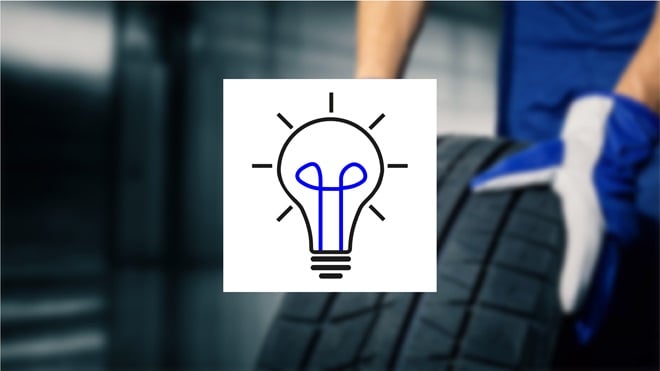Resource Highlights
In this article you will find out about battery maintenance:
Last week, we talked about the importance of keeping your HVAC system clean for the health of your AC compressor. This week, let's take a look at another auto part that is often forgot; the auto battery and it's connections. Here is the second of four 'under the hood' cleaning tips that can help give your vehicle a fresh start for the new season, and hopefully not have to use those jumper cables anytime soon.
Clean the battery connections
Your vehicle battery survived the winter, but even though temperatures are rising, your battery seems a bit sluggish, a common sign of battery terminal corrosion. Corrosion disrupts the electricity flow from the automotive battery to the battery terminal, which can affect your vehicle's electrical system and engine's health in many ways.
Symptoms of battery terminal corrosion are:
- Slow cranking
- Difficult starting engine
- Rapid clicking when the key is turned
- Check Engine or other dash warning light due to lower than normal voltage
Luckily, corrosion on the battery terminals is easy to verify by sight. To verify, check the battery for a white, powdery substance on the terminals. If your battery shows sign of corrosion, no need to worry as it is simple to clean. Once cleaned, you should see an improvement in starting power right away.
Step by step on how to clean battery connections

*Delphi Tech Tip: Some vehicles may need one or more ECUs to be relearned” after the battery has been disconnected and reconnected to work properly (i.e. power windows with express up, steering angle sensor, and engine idle quality). Also some vehicles need to have a replacement battery to be registered” to the vehicle ECU in order for the charging system to properly charge a new battery. More information may be found in the vehicle owners’ manual and / or factory service information sources.










